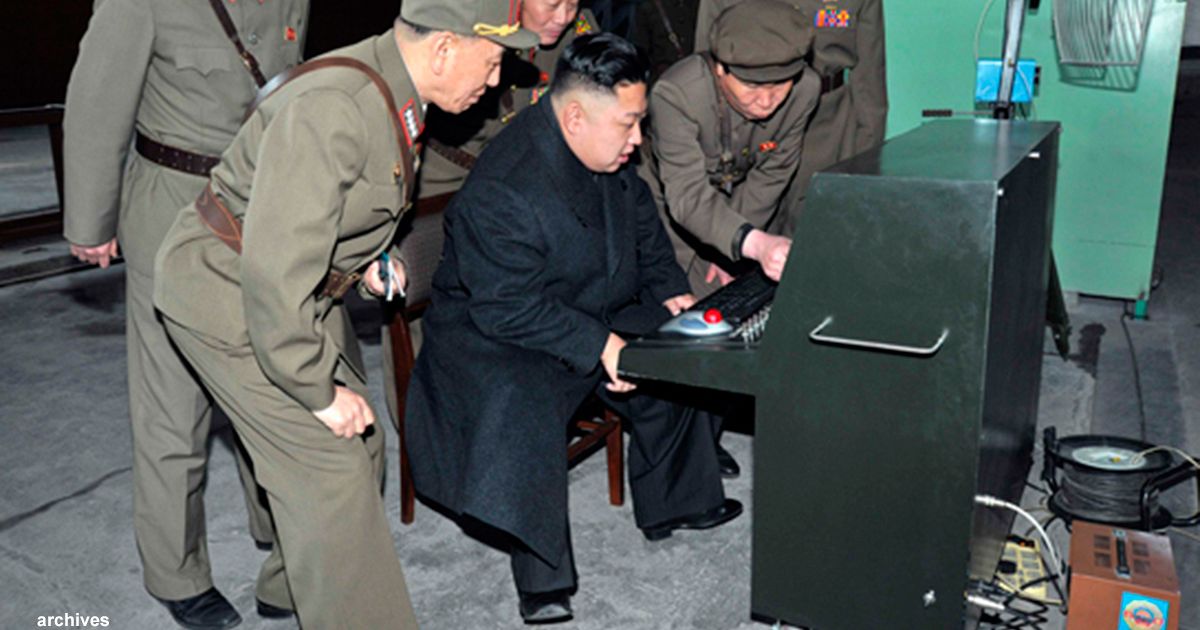[Jerusalem Post] In a press conference that took place on Wednesday, the commander of the Border Guard announced that his forces captured a homing pigeon sent by ISIS fighters in Iraq.
Jordanian Border Guards have captured a homing pigeon sent by ISIS to a resident of the Hashemite Kingdom, the Jordanian daily newspaper al-Ghad reported.

ISIS is reportedly using homing pigeons.
In a press conference that took place on Wednesday, the commander of the Border Guard, Brig. Gen Saber al-Mahayreh, announced that his forces captured a homing pigeon sent by ISIS fighters in Iraq to a person residing in Jordan with a letter addressed to him.
According to Mahayreh, the Border Guards have also seized a spy plane dispatched by ISIS to Jordan’s territory.
In addition, a Border Guards commander revealed that ISIS is using Syrian asylum seekers residing in a refugee camp in Rukban, near Jordan’s north-eastern border with Syria, to collect intelligence about the kingdom.
North Korea Revives Coded Spy Broadcasts After 16-Year Silence
[New York Times] SEOUL, South Korea — When Pyongyang Radio recently broadcast a mysterious series of seemingly random numbers from inside North Korea, they sounded like a call from the past to one former spy.
Kim Dong-sik, a former intelligence officer for North Korea, said he used to listen for such broadcasts every midnight to check whether his spymasters had a message for him.
“When I arrived in the South, I had five different call signs assigned to me,” said Mr. Kim, who now works as a senior analyst at the Institute for National Security Strategy, a think tank run by the South’s National Intelligence Service. “Each night, I listened for my call signs.”

North Korean dictator Kim Jung Un.
The cryptic numbers, broadcast last month, were the first such coded message in 16 years, leaving South Korean intelligence officials and analysts puzzled by the North’s motives.
A announcer on Pyongyang Radio again broadcast a string of numbers last Friday, reading what she described as “a mathematics review assignment for investigative agent No. 27,” engaged in a “distance learning” program.
“Turn to Page 459, No. 35; Page 913, No. 55; Page 135, No. 86,” she said, citing numbers for 14 minutes.
Decades ago, it was not unusual for late-night radio listeners in South Korea to hear mysterious numbers arriving on static-filled signals from the North — an eerie reminder of the espionage at play across the divided Korean Peninsula. The South would try to block signals like those and barred citizens from listening.
[Read more]